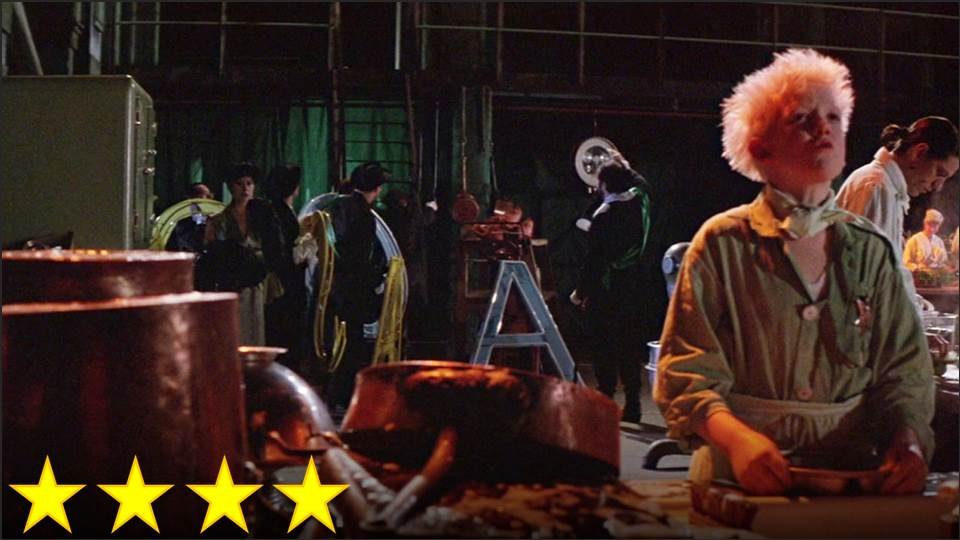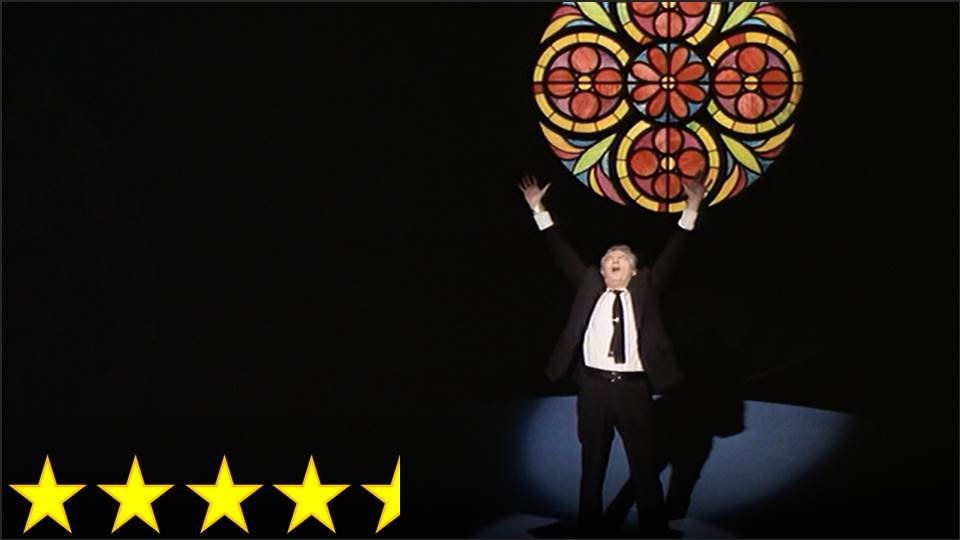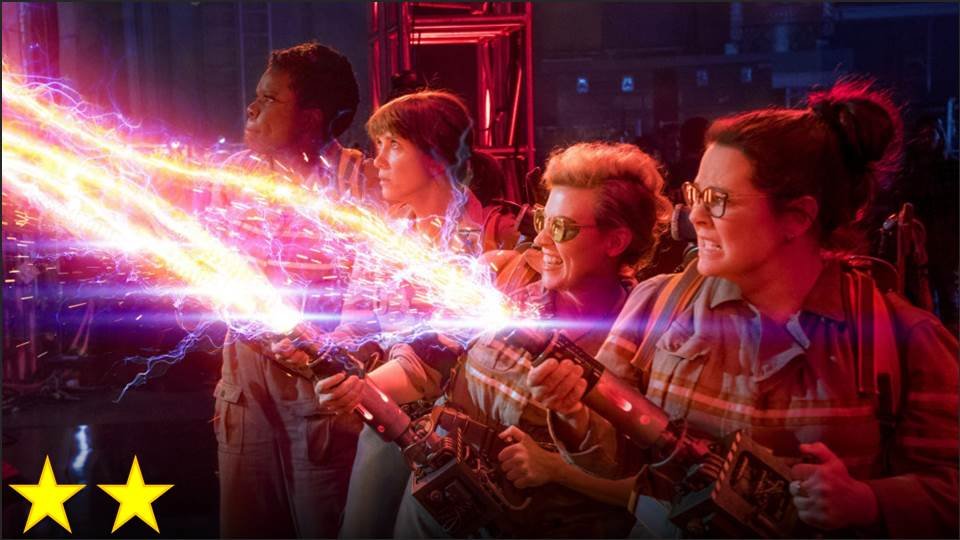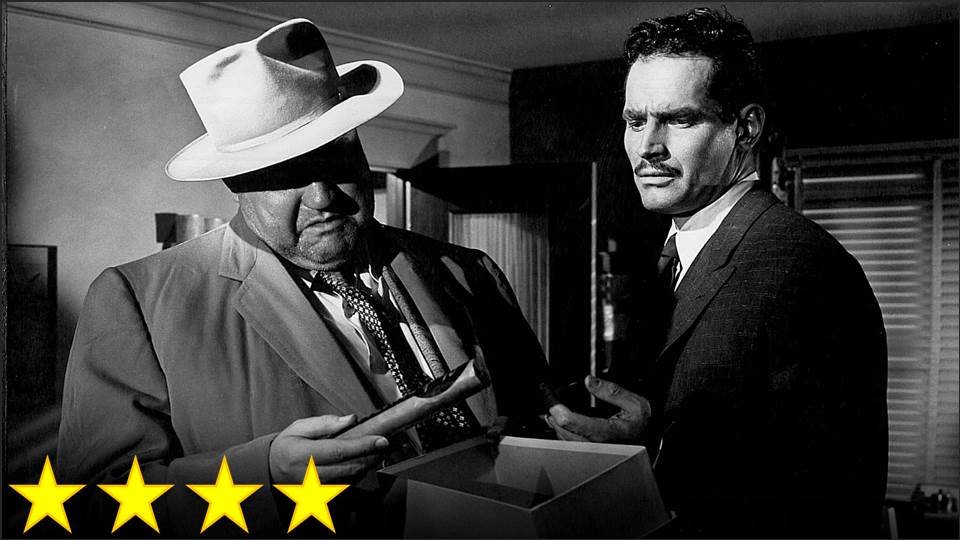I’ve been meaning to see this film for a long time – unlike most people my age, it’s been on my radar for years, and I have often joked about its incredibly long title. Upon seeing it, I’ve found that it’s approximately what I thought it would be, only better.
It’s very much an artsy movie that seems to focus on visuals, themes, and cinematic experiments than entertaining, but it actually gets rather captivating and exciting in the second half. The characters are, to my surprise, very interesting, with many characters I root for and one character who reminds me (and reminded the professor who was showing the film when I saw it) of a certain bushy-haired billionaire who’s been in the news lately. The fear of “The Thief” intensifies as the film progresses, making for an intense and chilling third act. All of this, of course, gets elevated and enhanced by the excellent soundtrack, and of course by some of the greatest visuals in cinema history. Director Peter Greenaway seems to care very little for making a film that feels like real life, instead preferring a theatrical atmosphere, an unbelievable ending, and at least one subtle moment that is physically impossible (specifically the moment when a the wife’s dress changes colors instantly to match her surroundings). While I must confess that some of it feels somewhat slow and boring, and there is definitely an aura of pseudo-intellectualism coupled with needless violence throughout, the film basically works because of its ironic conclusion, which is just as dramatic and chilling as it is ridiculously absurd.
It’s a bit awkward and grim for my tastes, but at least it’s fresh and well-done.






